Create Best Japanese Text-to-Speech Software
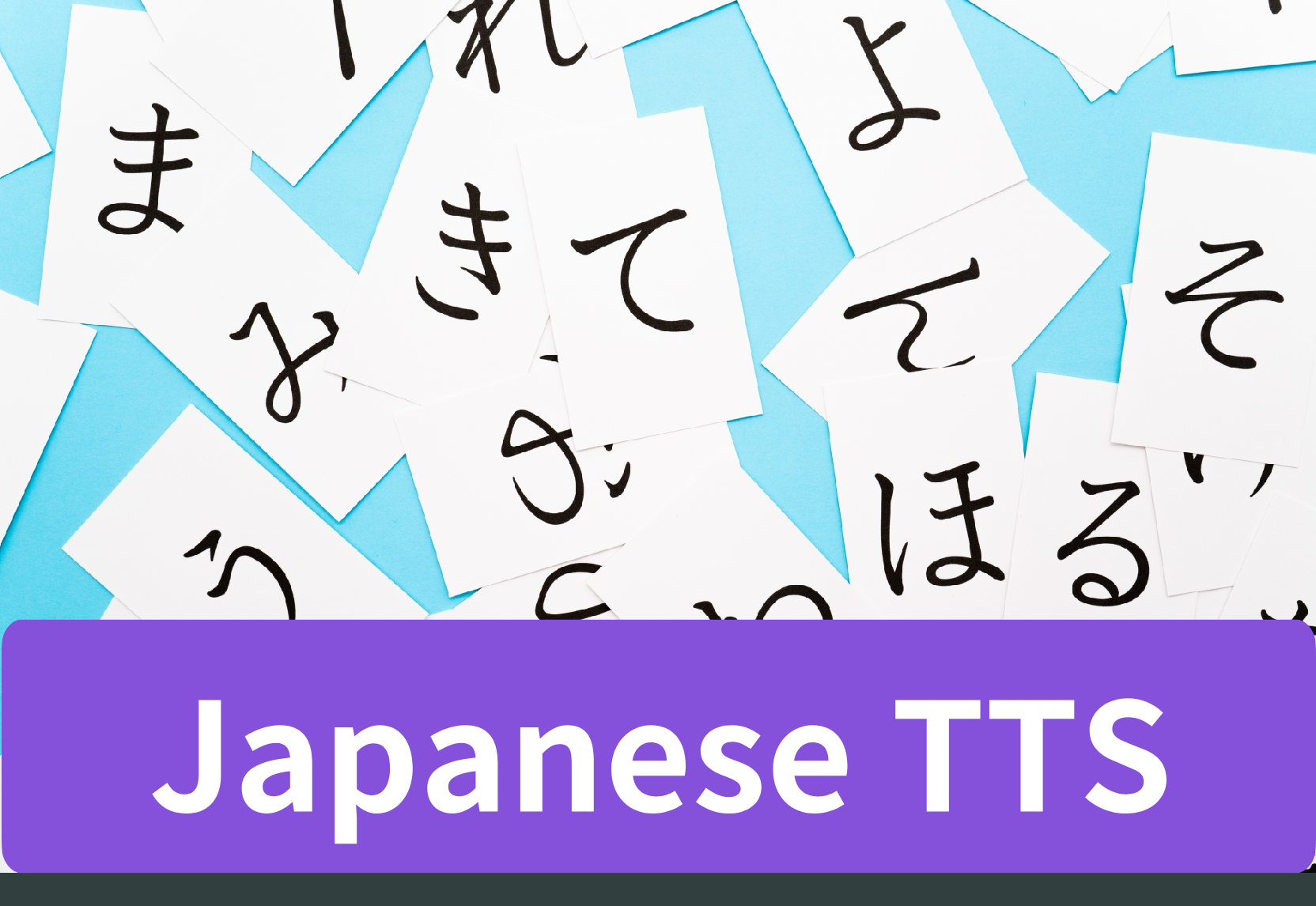
Are you looking for the best Japanese text-to-speech software? Explore our blog for top-rated options and transform your text into speech effortlessly.
Key Highlights
- Japanese Text to Speech (TTS) software allows you to convert text into speech in the Japanese language with high accuracy and natural-sounding voices.
- It is easy to use and provides a time-saving and cost-effective solution for various industries.
- Japanese TTS software offers a wide range of language and dialect options, making it versatile for different applications.
- Novita.ai provides APIs and step-by-step guides for developers to create Japanese TTS software.
- Japanese TTS has innovative uses in many ways, including creating educational content, automating customer service, and so on.
- The future of Japanese TTS technology looks promising with advancements in AI and machine learning, offering increased personalization and human-like interaction.
Introduction
Japanese Text-to-Speech (TTS) software has revolutionized the way we interact with text-based content, which allows you to convert written text into spoken words, providing a convenient way to consume information hands-free. In recent years, the demand for Japanese TTS software has increased significantly, as more businesses and individuals seek to create high-quality, natural-sounding voiceovers in the Japanese language. With the advancements in artificial intelligence (AI) and speech synthesis, Japanese TTS software offers a range of features and benefits that make it an essential tool for various industries.
In this blog, we will explore the key highlights of Japanese TTS software, understand the basics of TTS technology, and delve into the benefits of using Japanese TTS software. We will also provide a step-by-step guide for developers to create the best AI Japanese voice generator through novita.ai and explore the innovative uses of Japanese TTS in different industries. Additionally, we will address the challenges faced in Japanese TTS and discuss future trends in this technology. So, let’s dive in and explore the world of Japanese Text-to-speech!
Understanding Japanese Text-to-Speech Technology
Before we delve into the specifics of Japanese TTS software, let’s first understand the basic concepts behind this technology and explore its uniqueness.
The Basics of Text to Speech (TTS)
Japanese Text-to-Speech (TTS) is a technology that converts written Japanese text into spoken audio. The Japanese language has unique phonetic qualities and writing systems, which makes the development of an effective TTS system more complex. However, with advancements in AI and neural network technology, modern Japanese TTS systems are capable of producing high-quality, authentic-sounding speech.
The core components of TTS technology include text analysis, linguistic analysis, and speech synthesis. Japanese TTS technology utilizes natural language processing (NLP) algorithms to analyze and process Japanese text, converting it into synthesized speech. By analyzing Japanese text and applying linguistic rules, TTS software generates high-quality, natural-sounding speech that closely resembles human speech patterns and intonations. With the click of a button, users can easily convert their text into speech and download it as an mp3 file for easy access and use in multiple languages, including Arabic.
Why Japanese TTS is Unique
Japanese TTS stands out from other TTS systems due to the unique characteristics of the Japanese language. The Japanese language has distinct phonetic and grammatical features that require specialized algorithms to ensure accurate pronunciation and natural-sounding speech.
One of the main challenges in Japanese TTS is capturing the subtle intonations and pitch variations that are essential for conveying meaning in Japanese. However, Japanese TTS software has made significant advancements in this area, making it particularly valuable for language learning applications, as it allows learners to practice listening to and realistically speaking Japanese.
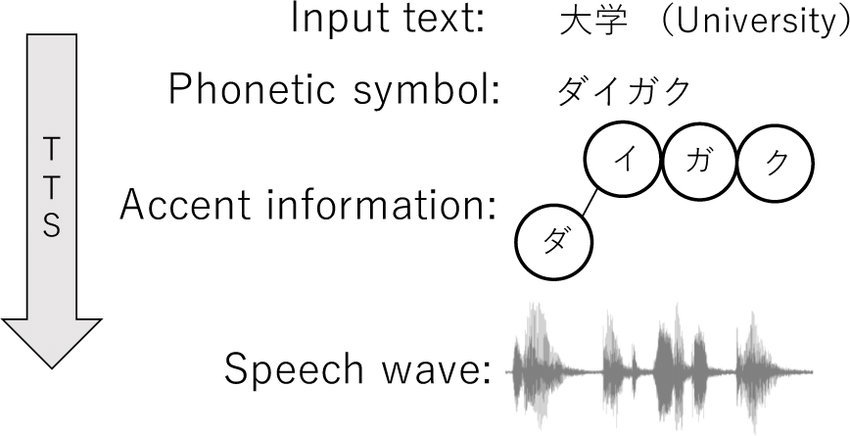
Benefits of Using Japanese TTS Software
Japanese TTS software offers a range of benefits that make it a valuable tool for content creators, businesses, and individuals. Let’s explore some of the key advantages of using Japanese TTS software.
Time-Saving and Cost-Effective
- Japanese TTS software streamlines the process of creating audio content by automating the text-to-speech conversion.
- It saves time and effort compared to recording voiceovers manually.
- Japanese TTS software allows you to generate high-quality audio files in various formats, such as MP3, WAV, and more.
- It eliminates the need for hiring voice actors or recording studios, reducing production costs significantly.
Easy-to-Use and High-Quality Audio
Most Japanese TTS software provides an intuitive and user-friendly interface, making it accessible to users with varying levels of technical expertise. Moreover, Japanese TTS software is available as both standalone applications and online tools, allowing users who want to create Japanese voiceovers on the go to access it from anywhere and at any time.
The software utilizes advanced speech synthesis algorithms to produce lifelike voices that closely resemble human speech. These high-quality voices ensure a seamless listening experience for users, making the content more engaging and immersive. With just a few clicks, users can convert Japanese text into high-quality audio.
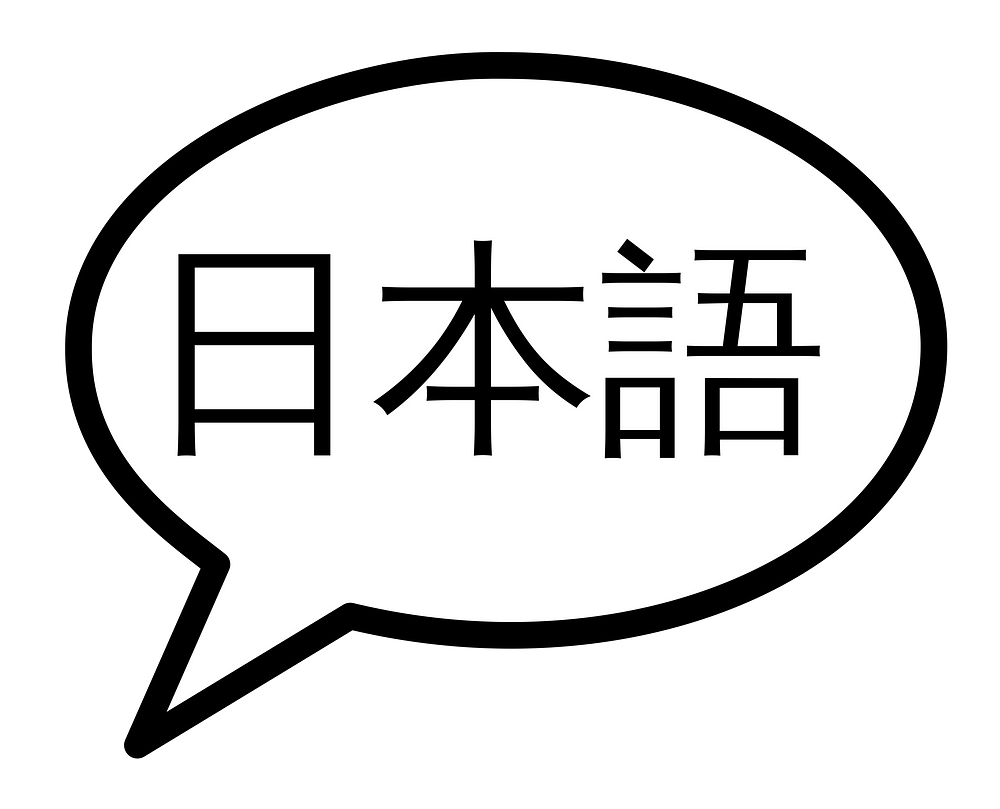
Natural Sounding of Japanese AI Voice
One of the key strengths of Japanese TTS software is its ability to produce natural-sounding voices. With advancements in AI and machine learning, TTS technology has made significant progress in generating speech that closely resembles human voice patterns and intonations.
Japanese TTS software uses deep learning algorithms to analyze and mimic the nuances of the Japanese language. This includes capturing the pitch variations, rhythm, and accent patterns that are unique to Japanese speech, generating a natural-sounding Japanese AI voice.
Language and Dialect Versatility in Japanese
Japanese TTS software offers a wide range of language and dialect options, making it versatile for various needs. Apart from standard Japanese, users can choose from different regional accents and dialects to create voiceovers that are tailored to specific audiences or contexts. It allows for a more personalized and localized experience, enhancing the effectiveness and relevance of the content.
Streamlining Content Creation Processes
Japanese TTS software streamlines the content creation process, providing users with a range of customization options to create unique voiceovers. Whether it’s adjusting the speaking rate, volume, or emphasis on specific words, users have the flexibility to customize the speech to suit their needs.
This is particularly beneficial for educational content creators who want to provide audio versions of their material. Japanese TTS software allows learners to listen to the content in their native language. It enhances the learning experience and makes educational material more accessible to a wider audience, especially for those who struggle to understand the material in a non-native language.
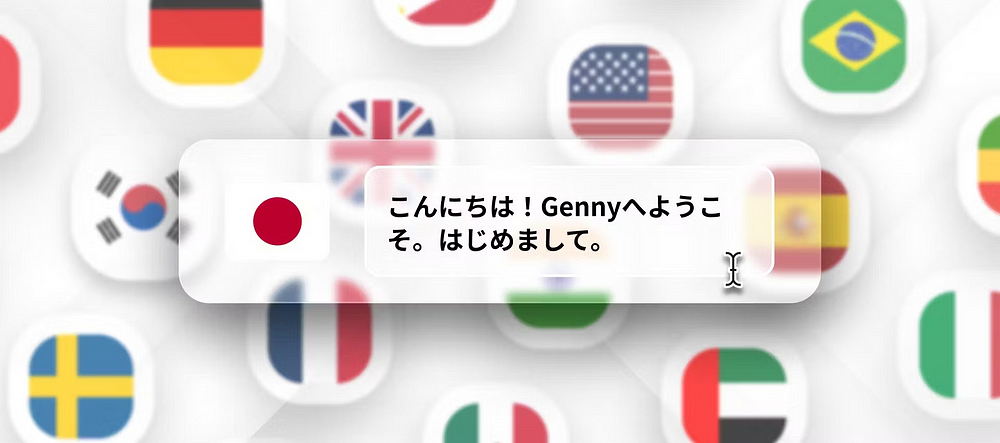
How to Create the Best AI Japanese Voice Generator
Nowadays, there are various Japanese TTS software online. It’s important to make your one stand out. No look further, novita.ai is your best choice. Novita.ai is a one-stop platform that features over 100 APIs from AI image generation and language processing to AI voice enhancement and AI video manipulation. With powerful AI APIs and a user-friendly interface, novita.ai is useful for developers to create their first AI Japanese TTS generator. Here is the comprehensive guide, come and have a try!
Step-by-Step Guide to Implementing Japanese TTS in Your Project
- Step 1: Launch the website of novita.ai and create an account on it.
- Step 2: Click the “API” button and navigate to “Text to speech” under the “Audio” tab to ask for API to create AI voiceover software.
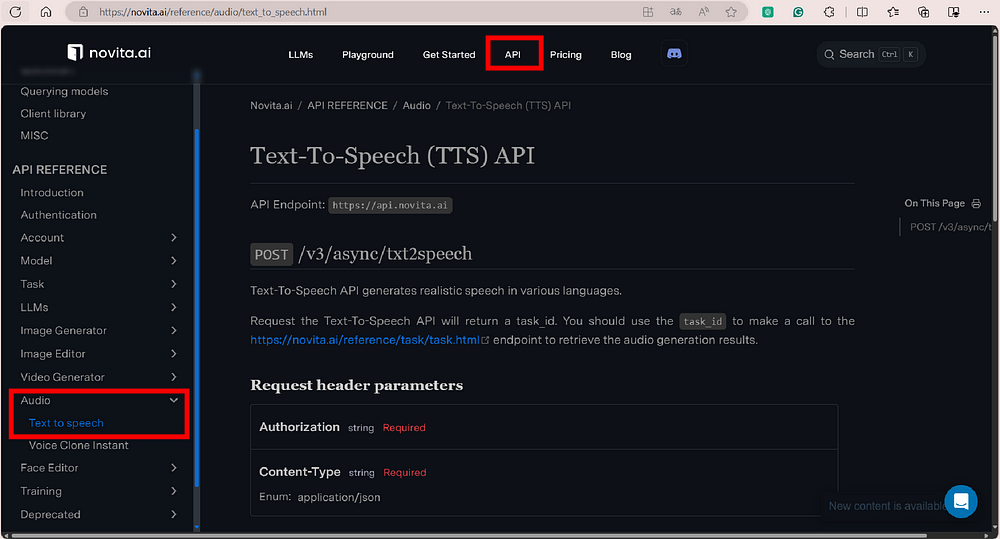
- Step 3: Return to the website homepage, you can test the effect first by navigating “txt2speech” under the “Product” tab and following the steps below.
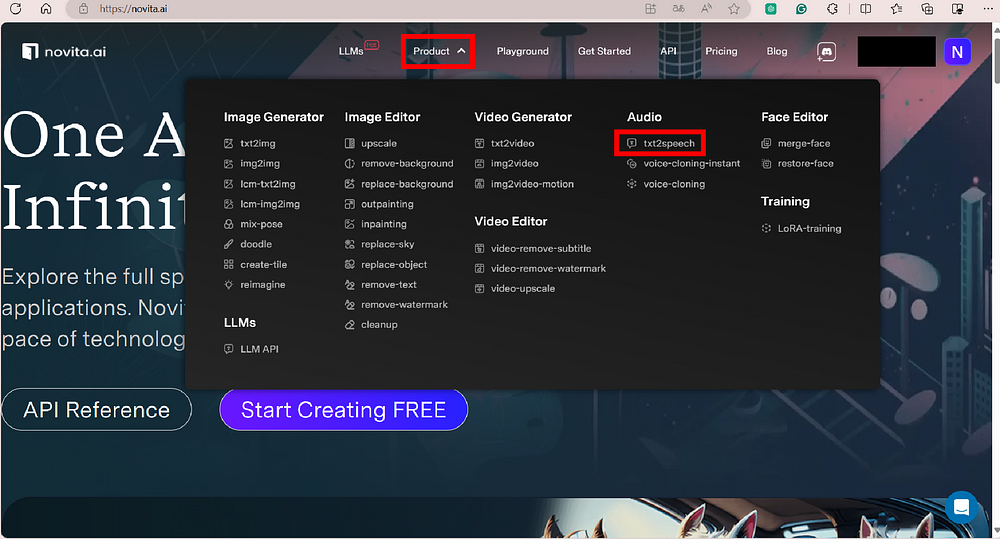
- Step 4: Prepare the text you want to convert to speech by either typing directly or pasting it from a text file.
- Step 5: Select the voice model from the list according to your needs and language of Japanese. Novita.ai now has six voice models that can be used directly. More different voices are still under development, please stay tuned.
- Step 6: Click the play button and wait for the result.
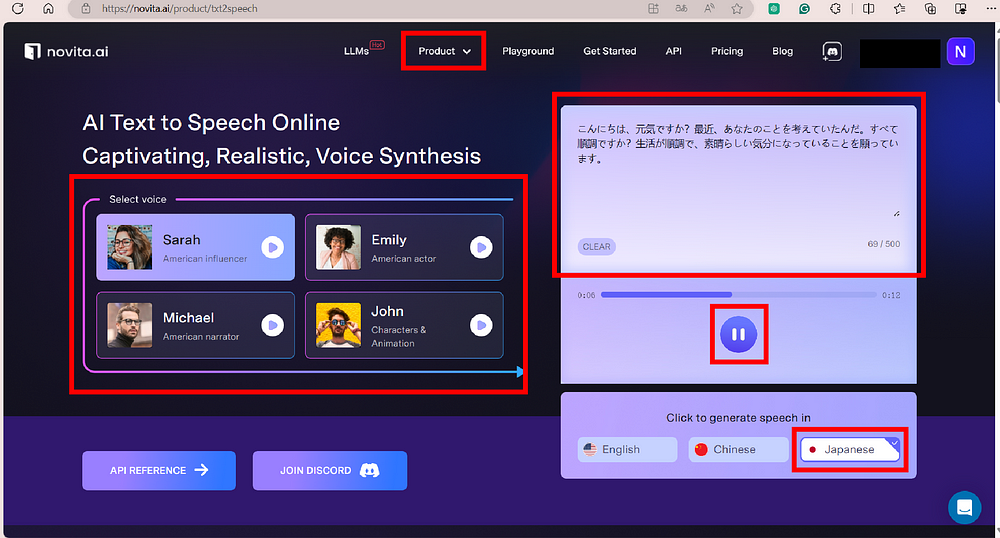
- Step 7: Once the result is generated, you can preview and make some necessary adjustments to it.
- Step 8: Download and integrate the final audio file into your project, whether it’s a video, podcast, or any other content format.
Tips for Evaluating Voice Quality and Authenticity
- Choose a voice model that aligns with your target audience.
- Use punctuation to set appropriate pauses and emphasis to convey meaning and emotion in your audio result.
- Consider adding background music or sound effects to enhance the overall audio experience.
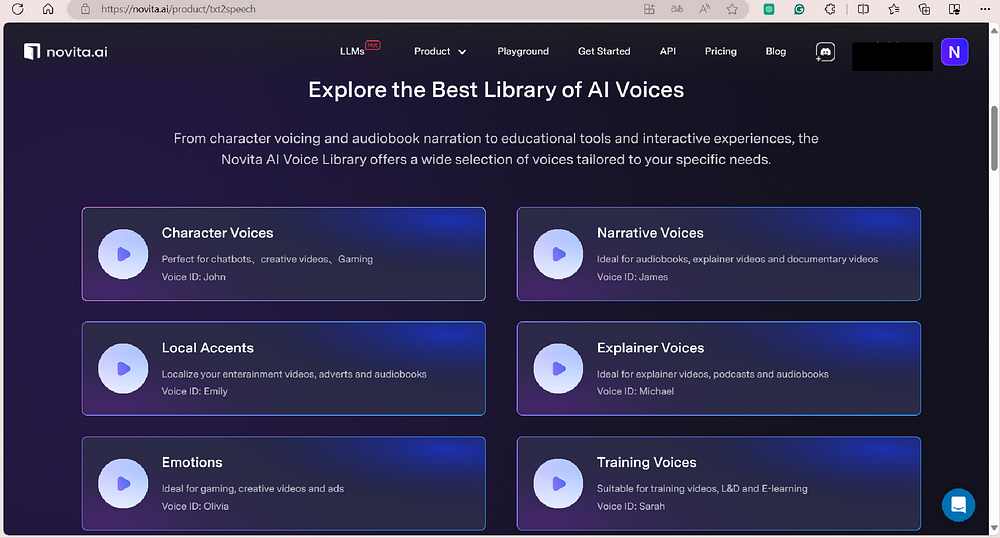
Innovative Uses of Japanese Text-to-Speech in Various Industries
Let’s explore some of the industries that have benefited from the use of Japanese TTS software.
E-Learning and Educational Tools
In the field of e-learning and educational tools, Japanese TTS software allows educators and content creators to convert text-based educational materials into audio format, making them more accessible to learners.
Customer Service Automation
By utilizing Japanese TTS software in automating customer service processes., businesses can provide automated responses and instructions in a natural-sounding voice, enhancing the customer experience and reducing the need for human intervention in certain scenarios.
Social Media Content and Anime Projects
Japanese TTS software has also found applications in social media content creation and anime projects. It allows creators to add voiceovers to their TikTok and YouTube videos, animations, and Instagram posts, making them more engaging and appealing to the audience.
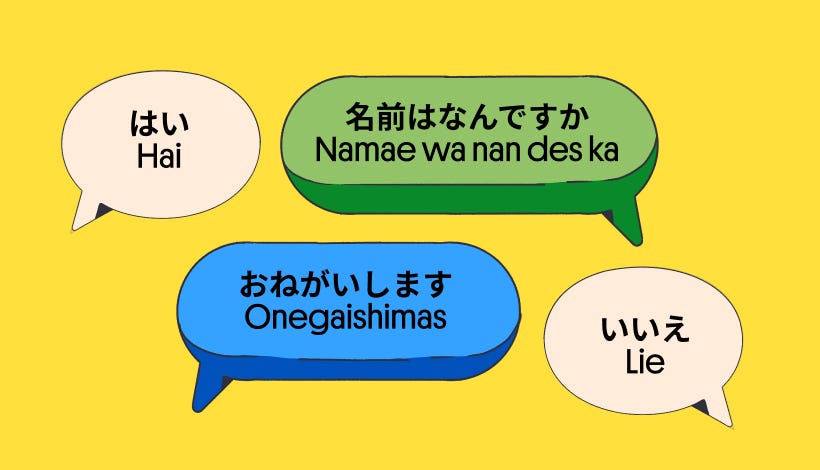
Overcoming Challenges with Japanese TTS
While Japanese TTS technology has made significant advancements, there are still challenges to overcome.
Addressing Pronunciation and Intonation Issues
One of the main challenges in Japanese TTS is accurately capturing the pronunciation and intonation of the language. Japanese has complex phonetic and pitch patterns that require continuously improving the speech synthesis models and incorporating linguistic rules specific to Japanese. In this way, Japanese TTS software can generate more natural-sounding voices.
Ensuring Cultural and Contextual Accuracy
Another challenge in Japanese TTS is ensuring cultural and contextual accuracy. Japanese language and culture are intricately connected, and conveying the appropriate cultural nuances through speech synthesis can be challenging. Developers should incorporate cultural and contextual information into the TTS algorithms and utilize data from native Japanese speakers.
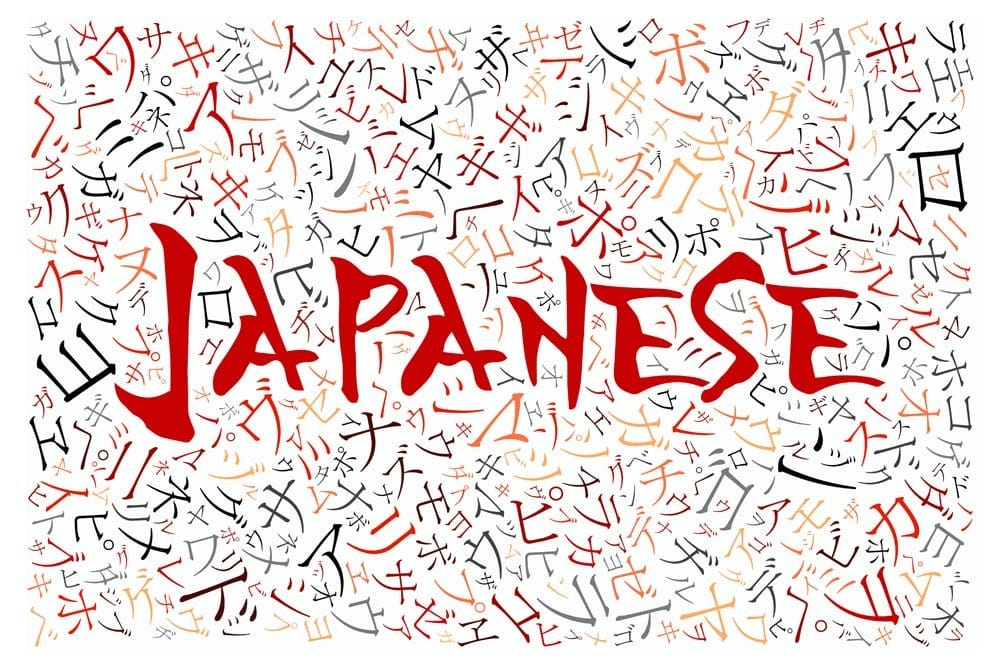
Future Trends in Japanese Text-to-Speech Technology
The future of Japanese Text-to-speech technology looks promising, with advancements in AI and machine learning paving the way for exciting developments.
AI and Machine Learning Enhancements
AI and machine learning will continue to play a significant role in advancing Japanese Text-to-speech technology. These technologies enable TTS software to learn and improve over time, resulting in more accurate and natural-sounding voices.
Increasing Personalization and Human-Like Interaction
Personalization and human-like interaction are key areas of focus for future Japanese TTS technology. By utilizing AI algorithms and natural language processing, TTS software can understand user preferences, adapt to their unique speaking style, and provide more personalized and interactive experiences.
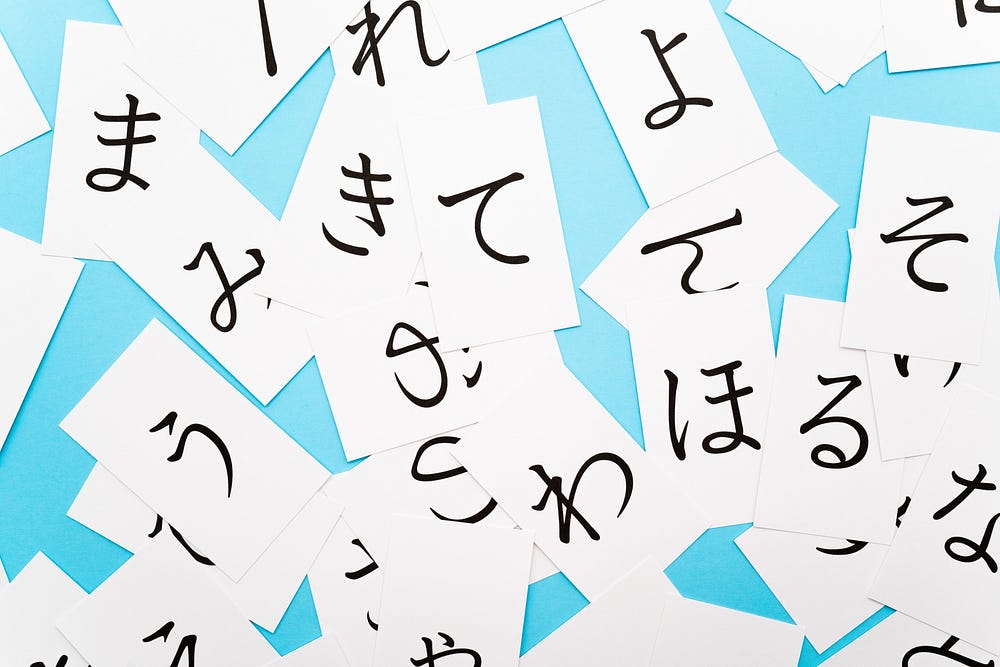
Conclusion
In conclusion, Japanese Text-to-speech technology offers a plethora of benefits, from saving time and costs to providing high-quality, natural-sounding AI voices. Its versatility in languages and dialects streamlines content-creation processes across various industries. Overcoming challenges like pronunciation and maintaining cultural accuracy are essential for authentic voice generation. As AI and machine learning advance, personalization and human-like interactions will shape the future of Japanese TTS. Embracing this innovative tool can revolutionize e-learning, customer service automation, and even social media content creation. Stay ahead by exploring the endless possibilities of Japanese Text-to-speech technology.
Frequently Asked Questions
Can Japanese TTS Mimic Different Regional Accents?
Yes, with machine learning technology Japanese TTS software offers the flexibility to mimic different regional accents.
Can I Clone My Voice to a Japanese Accent Through a Japanese AI Voice Generator?
Yes, you can utilize the “voice-cloning-instant” function in novita.ai to make it come true. For more detailed information, please refer to this blog, “AI FNAF Voice: Unveiling the Future of Voice Technology”.
novita.ai, the one-stop platform for limitless creativity that gives you access to 100+ APIs. From image generation and language processing to audio enhancement and video manipulation,cheap pay-as-you-go , it frees you from GPU maintenance hassles while building your own products. Try it for free.
Recommended reading